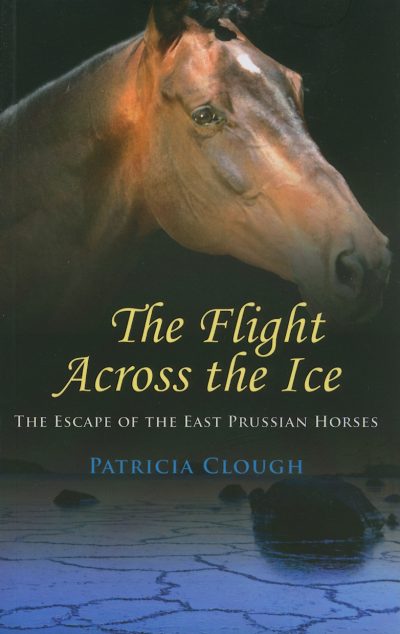Umbria: Haus Publishing, London 2009. ISBN 9781905791347. £10.40
Umbria
I love the art and the churches, and the countryside – they’re fantastic. But what I want to know is what is going on here. What is Umbria all about?’ This chance remark by an American visitor was the spark which set Patricia writing about the part of Italy where she now lives. The result was “Umbria”, a portrait of one of Italy’s most beautiful regions, its character, its people, its ancient culture and history and its enchanting countryside. It gives insights into its often murky politics, into the pros and cons of buying houses there and, of course into the secrets of its superb food and wines. It is not a tourist guide, although it would be an extremely useful companion for an Umbrian holiday, but a not-uncritical declaration of love for the place she now calls home.





